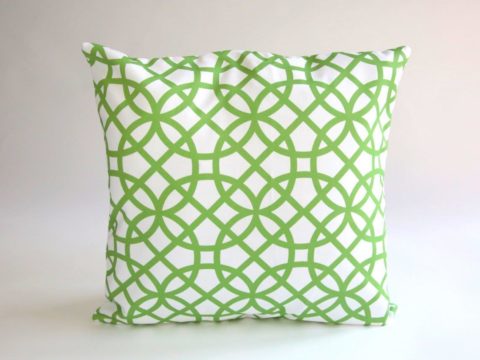Mary Sidney: Life Story
Chapter 6 : Betrothals
Pembroke was feeling his age, and by 1598 was seeking the queen’s permission to retire from his role as President of the Council for Wales and the Marches. In April 1599, Robert Sidney wrote to Cecil that Pembroke was going to take the waters at Bristol, but that he himself was worried about Mary’s welfare, as her son was still under-age, and she had no-one to rely on. He could not help her himself, as, if he left court, the queen might be offended. If Pembroke died before William reached the age of 21, he would become a ward of court, and his lands would pass into the hands of a guardian – this could involve a family in enormous difficulty and expense.
William had persuaded his parents to allow him to live in London, from the spring of 1598, but he frequently visited his parents. In late 1599, Mary sent a message to Robert, now back in Vlissingen, requesting that he send some best tobacco. William was suffering terrible pains in his head, only eased by smoking!
At the same time, Philip’s proposed match to Miss Herbert of St Julian’s was coming to the fore again. Pembroke was obviously keen for it to go ahead, as he was willing to pay the queen £5,000 for the match. In a legal dispute, Miss Herbert had been declared a queen’s ward, against the suit of Sir Arthur Gorge, who appears to have been her step-father. Sir Arthur wished her to marry Lord Howard’s son.
Another marriage was also in view. The Earl of Hertford (son of Lady Katherine Grey) wished to marry Mary’s daughter, Anne – a strange irony given that Pembroke had once been married to Katherine. Mary and Pembroke agreed that, if Anne were willing, they would permit the marriage. In pursuit of this, Mary and Pembroke, together with William, who seems to have instigated the match, dined at one of the Earl of Hertford’s houses, near their own property of Ramsbury.
During the autumn of 1599, Pembroke’s health deteriorated to the point that he seemed likely to die. Mary remained at Baynard’s Castle, but William travelled down to Wilton to see his father. Pembroke recovered, after being ‘cut’ which indicates some form of operation, probably for kidney stones. William was summoned back to court, but his father refused to allow him to go, because, according to Whyte, of his excessive expenditure.
Nevertheless, Pembroke wrote to the queen, thanking her not only for sending a physician to him, but also for her ‘gracious opinion’ of William, whom he hoped would continue to deserve her good will. He then proceeded to write about the best way of managing the Council of the Marches during his convalescence.
William was hoping to cut a dash in the on-going war with Spain. He requested a horse named Bayleigh to be sent from his uncle Robert’s stable at Penshurst, and a further 200 mounts from Wilton for his men. He also hoped to borrow any of Robert Sidney’s armour or weapons that were not with Sidney in Vlessingen. Bayleigh was lent to the young man only on the proviso that he would relinquish it if Robert requested it. Whyte was not impressed with William and criticised his absence from the court ‘swaggering it (in London) among the men of war.’
Pembroke was still too ill in the spring of 1600 to travel to the Marches for the summer months with Mary, as appears to have been their custom. They remained at Wilton. Perhaps this deterioration in his health, and an accompanying inability to perform his duties, lay behind the queen’s decision to appoint a clerk and an auditor in the Marches. William hoped to prevent the appointments, because he was worried about the effect they might have on his father’s state of mind.
In late 1600, Mary visited her cousin, Sir John Harington. We can infer that she had been at Baynard’s Castle, because she took with her a letter from her brother Robert, to Sir John, and Robert is known to have been staying at Baynard’s Castle at that period. The letter contained news of the queen’s visit to Robert. ‘Her Highness hath done honour to my poor house by visiting me,’ he wrote.
Shortly after, Sir John wrote to his daughter, Lucy, Countess of Bedford, and enclosed three copies of Mary’s Psalms, and, probably, a copy of the Triumph of Death translation. So far as is known, a copy of the manuscript received by Lady Bedford (probably itself a second, or third-hand copy) is the only surviving manuscript.
Lady Mary Sidney
Family Tree
